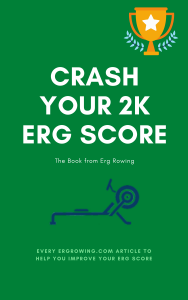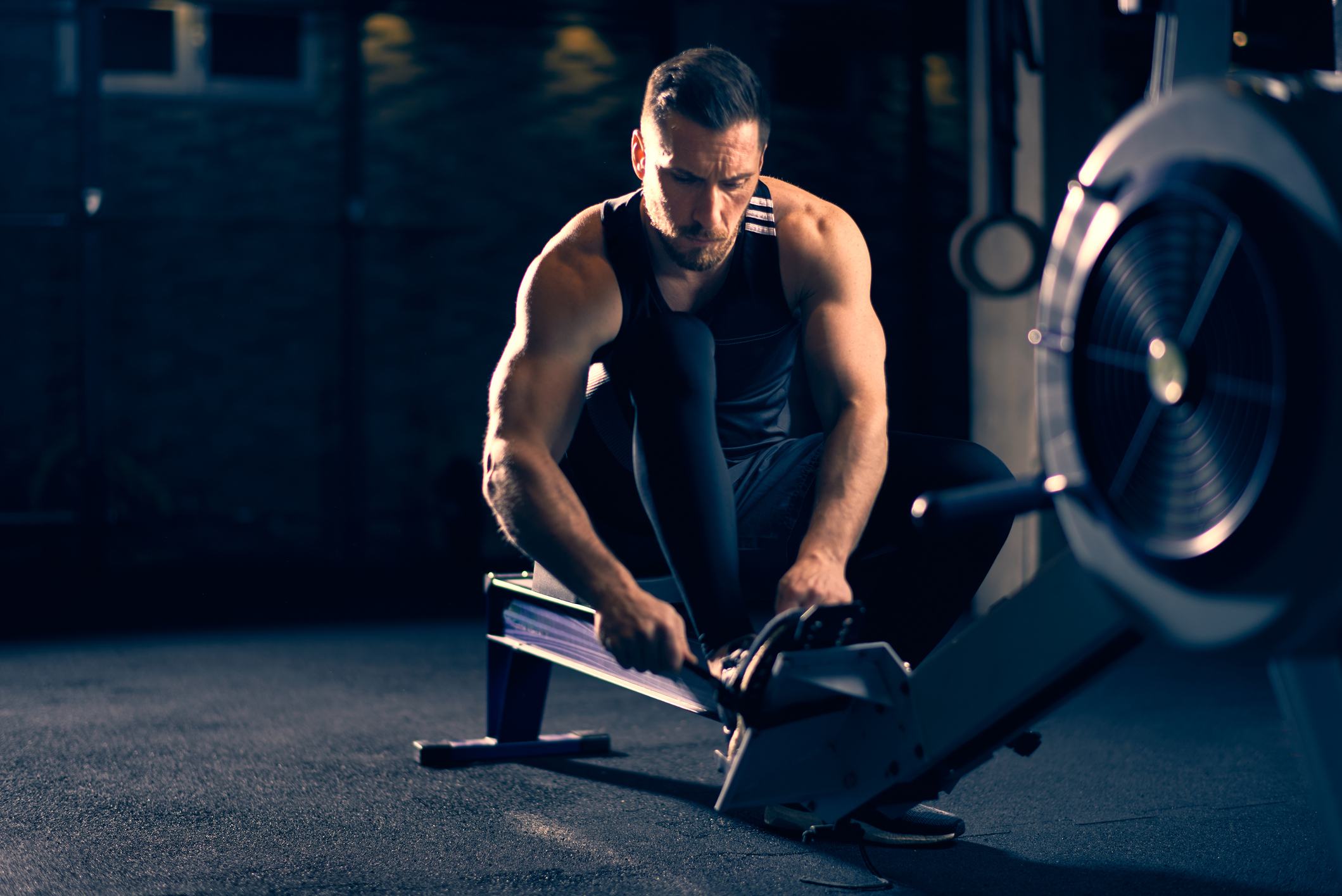1 – Super Quick Hands.
You can never be too quick with moving your hands away from the finish of the erg rowing stroke.
Not only does it help rhythm and power towards the finish, but if done correctly it can really set you up for the next stroke by recycling some of that dynamic energy built up during the power phase.
2 – Follow your hands
Use the speed and energy of your hands away from your body to swing your body over the hips. A lot of Ergers make the mistake of not moving the body past vertical in the recovery phase.
If you don’t then you never be able to achieve maximum power in the power phase
3- Lift your knees smoothly.
This is especially important if you are a rower. Most of the time rowing Ergers will really emphasise the separation of the hands, body swing forware and slide on the recovery phase.
That’s fine if your game is proper rowing technique. But on the erg this is a waste of time and energy. The idea is to keep recycling the energy dynamically. If you delay or make a sticking point along the stroke cycle then it’s just wasted energy.
4 – Be set up and ready for the power phase.
Once your seat wheels are on the move towards the beginning of the stroke you need to be thinking only of one thing – the next stroke. Most rowing coaches will call this heresy but they are looking at it from rowing-a- boat perspective. Ergers are looking at it from the fastest possible erg perspective.
5 –Take it easy on the easy phase.
When it’s easy make it easy. In other words when you are going up to take your next stroke allow yourself to take it easy. Taking it easy doesn’t mean taking it slow. RELAX. If you can learn to relax then you will save A LOT of energy. Even by just by thinking ‘easy’ makes the blood flow and mind feel strong.
6 – Use the easy phase to make the power phase easier.
This is one of the most important tips you will read at erg rowing.com Most rowing coaches will never mention it because they don’t even know it exists. Most average rowers don’t know about it. The top Ergers however DO know about it.
You won’t see it by watching YouTube. You won’t even see it at the CRASH B’s. It’s so imperceptible that it’s almost invisible. You just have to know it exists, find it, feel it and use it. I’m talking about recycling dynamic energy. If you find it you can save unbelievable amounts of energy and when you get the feeling you won’t let it go.
To find it you need to approach the beginning of a new stroke with perfect speed. It’s a very subtle feeling. A lot of rowing coaches will say that you need to slow down the seat as you go for a new stroke. Recycling dynamic energy demands that you actually maintain your seat speed or slightly faster.
When you do it correctly and you hit the next power phase you will feel a reduced load with the same split or even lower. I don’t have percentages, because I can’t measure it but take it from me, once you can hit this sweet spot, you will save yourself a lot of pain. Remember recycling dynamic energy.
Another way of thinking about it is to keep the wheel spinning. Feel as though you are tapping the wheel along. You are not ‘muscling’ the handle on the power phase.
Recycling dynamic energy is closely related to rating which I examine below under rating.
7 – Sequence your power phase.
If you can dance (well!), then you will know that sequence and timing is crucial. Similarly the power phase of an erg stroke is all about sequence and timing. Strongest – Next Strongest – Weakest. Legs – Back – Arms in that order. Simple, yet it’s absolutely the most efficient and effective way of pulling the handle.
To get the most from this sequence you need to follow the advice in the next article very carefully.
[mc4wp_form]
Want More Erg Rowing Insights?
Subscribe to get notified immediately about new posts.
Introducing the 2K Erg Book

See Book Chapters
9 Chapters full of the best articles from ergrowing.com

